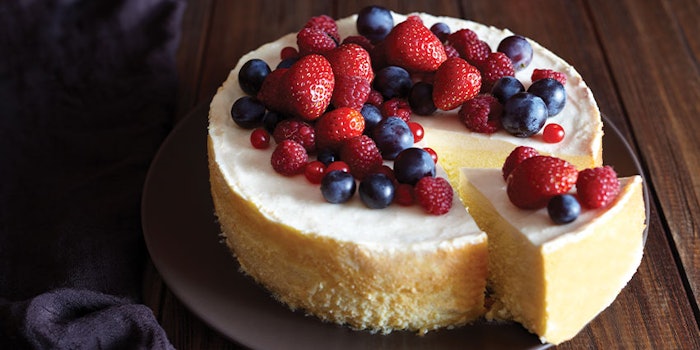
Ethyl levulinate (ethyl 4-oxo pentanoate), FEMA GRAS# 2442, CAS# 539-88-8, has an attractive fruity odor. This would be expected from its relationship with ethyl pentanoate, but the fruity note of this ester has extra depth and succulence that ethyl pentanoate lacks. In addition, the keto group gives ethyl levulinate far greater polarity and, consequently, better water solubility. This makes it an advantageous ingredient where flavor components partition between fat and aqueous phases, such as ice cream.
Note that the dose rates given throughout this article are the levels suggested for use in flavors intended to be dosed at 0.05% in ready-to-drink beverages or in a simple bouillon.
Berry Fruit Flavors
Blackberry: Blackberry flavors often restrict the contribution of esters to predominantly berry notes such as benzyl acetate. Five hundred ppm of ethyl levulinate serves to deepen the character without weakening the berry notes.
Blackcurrant: Authentic blackcurrant flavors gain mouth watering juicy character from the addition of ethyl levulinate. Around 150 ppm is ideal.
Blueberry: Fruity notes that fit naturally into blueberry flavors tend to be light and insubstantial. Ethyl levulinate provides a perfect counterbalance and deepens the taste. Eight hundred ppm is a reasonable starting point.
Cherry: As was the case with blackcurrant flavors, the benefits of this ingredient are more obvious in authentic style flavors. Five hundred ppm of ethyl levulinate works well.
Raspberry: Raspberry flavors are often structured similarly to blackberry flavors and they derive the same benefits from the addition of 500 ppm of ethyl levulinate.
Strawberry: Esters play a much more significant role in strawberry flavors and a hint of this ingredient is all that is needed to add depth. One hundred ppm is a perfect level.











